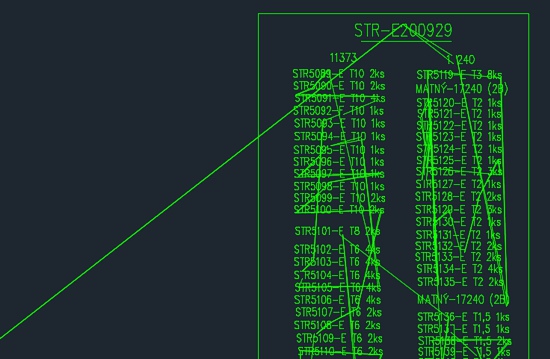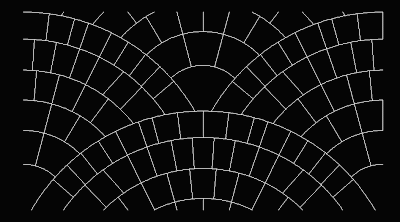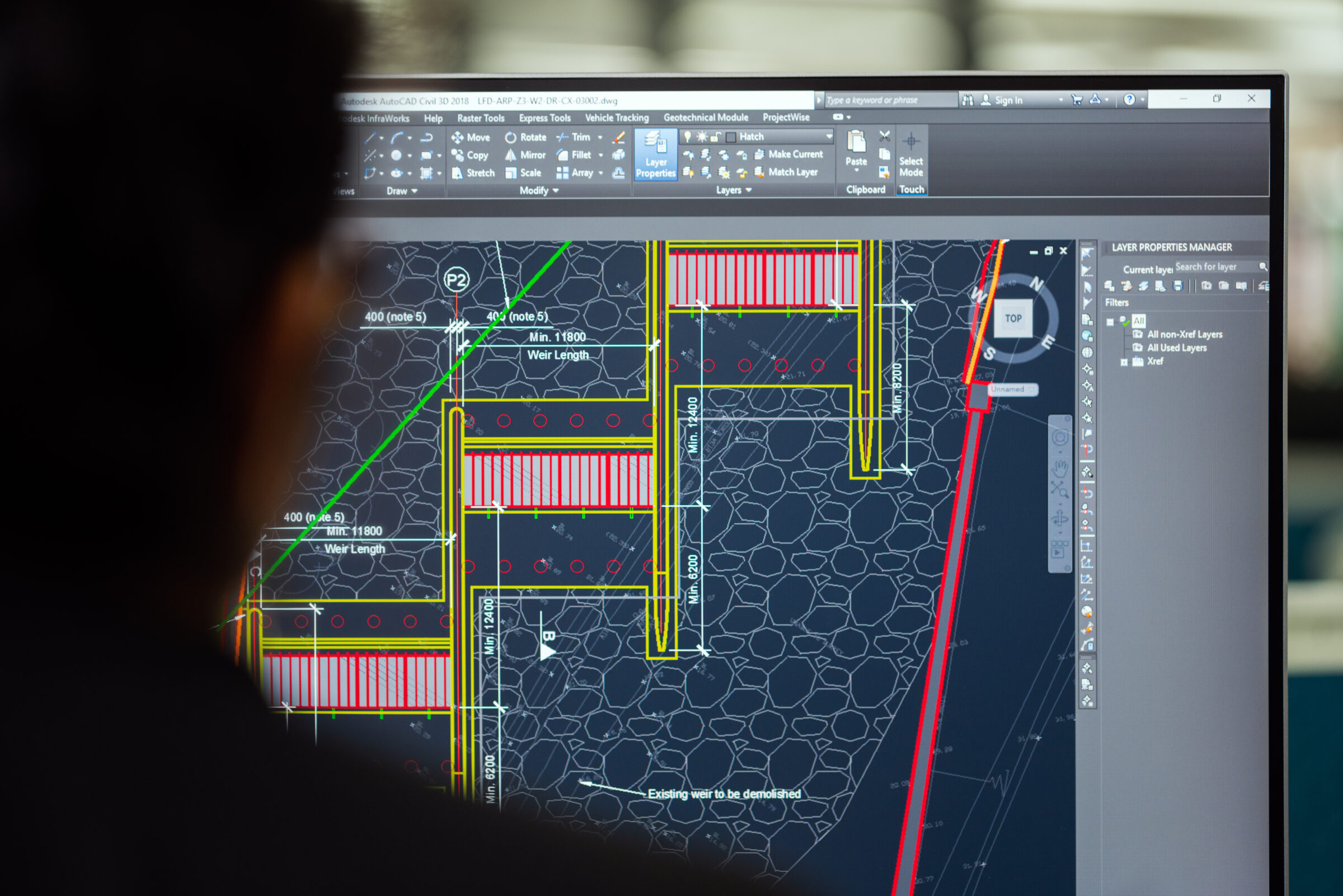

At the moment it bring it in the wrong way round. If you forget, or if you need to add a note later in a hatched area, apply background masking to the text.Hi I have managed to bring in a double hatch in one press of a button but would like to be able to control the draworder. It treats them like sterile eggs and automatically omits hatch zones around them. The Hatch command is smart enough to recognize text and dimensions that fall within the hatched area. Buy Autocad For MacĪlways apply hatches last, if you can. If your plots comprise a patchwork of hatch patterns, it’s time to simplify. Their purpose is to clarify, not to overwhelm, the other geometry in the drawing. The area is listed in the Geometry section, near the bottom of the palette.Īpps for mac.
To find the area of any hatch object: Simply select the hatch object and then open the Properties palette. The hatch angle remains consistent on both sides of the mirror line. 
Model one half, apply the hatch, and then use the MIrror command to get the other half. This tip can be quite useful when creating drawings of symmetrical objects.
To mirror drawing geometry that includes hatches without mirroring the hatch angle: Use the MIRRHATCH system variable. To make one hatch look like another (without even opening the Hatch Editor tab): Click the Match Properties button in the Clipboard panel on the Home tab of the Ribbon. Here are a few other hatch tips: Autocad Hatch Patterns For Mac Don’t be misled by the Stretch option on the context menu, though: You can only move a hatch with this option, and when you do, it loses its associativity to its boundary. A contextual menu opens to give you quick access to changing the hatch origin, angle, and scale. Select a hatch and then hover the cursor over the round, blue center grip. How To Create Hatch Autocad Hatch For Autocad Free Download

The Quick Properties palette is especially useful for changing several hatches at a time. By default, AutoCAD displays the Hatch Editor tab when you click a hatch object, and it opens the Quick Properties palette when you double-click a hatch object.

When you’re happy, click Close Hatch Editor to retain the changes.Īlternatively, you can use the Properties palette or the Quick Properties palette to make most existing hatch pattern changes.
Make any changes you want and watch the real-time preview as you do. AutoCAD opens the Hatch Editor contextual tab on the Ribbon and displays the hatch object’s current settings. Editing an existing hatch pattern is simple after you’re familiar with the Hatch Creation tab on the Ribbon. Select a hatch and then hover the cursor over the round.ĪutoCAD makes editing hatch objects easy. Linking drawings to databases and spreadsheets. Manipulating dynamic blocks and attributes. Using hatches, fields, and tables effectively. Coverage includes: Working quickly and productively with AutoCAD for Mac's interface. It's the ultimate go-to reference and tutorial on every aspect of AutoCAD for Mac.








 0 kommentar(er)
0 kommentar(er)
